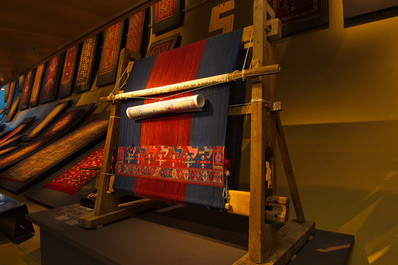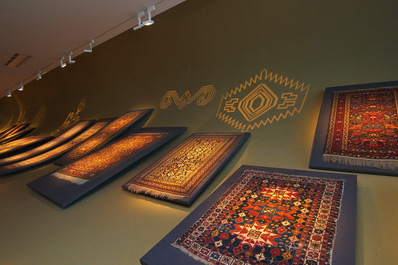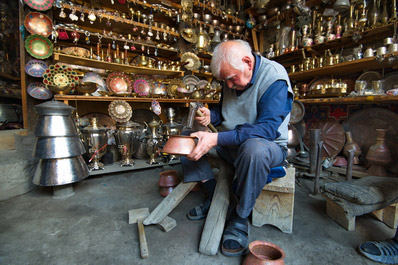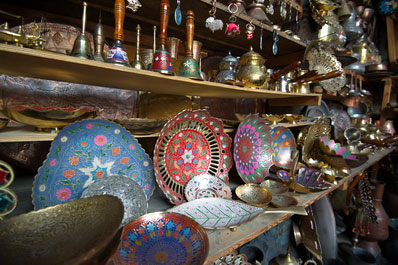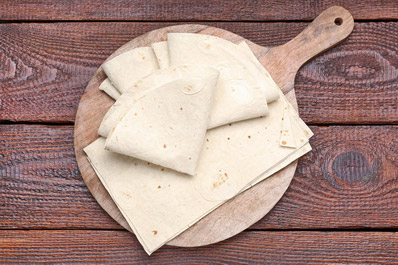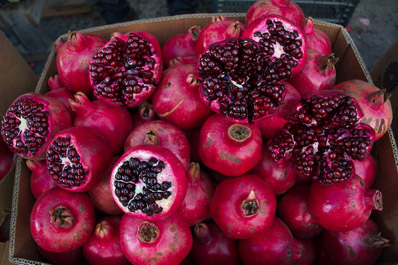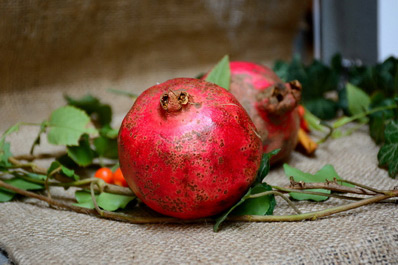UNESCO Intangible Cultural Heritage in Azerbaijan

Azerbaijan, a land steeped in the spirit of the ages, is a guardian of unique elements. Its music genres, carpet weaving, traditional games, festivals, epic heritage, national dishes, crafts, and much more offer a deep dive into Azerbaijani culture.
UNESCO's Intangible Cultural Heritage in Azerbaijan reflects the country's rich history, absorbing various customs and traditions that have shaped its culture. Azerbaijan shares some elements with other nations, but others, like carpet weaving, kelagayi scarves, and copper craftsmanship in Lahij, showcase the country's distinct cultural identity.
Azerbaijani Mugham, recognized by UNESCO in 2008, is an ancient form of musical art, a classical vocal-instrumental genre with hundreds of variations passed down through generations. Accompanied by traditional instruments like the tar, kamancha, and gaval, singers perform poetic compositions about moral values, often at festivals and weddings. The performers, known as khanende, are celebrated for their artistry.
The art of the Azerbaijani Ashiq (Ashug), included in UNESCO's list in 2009, has been cherished for centuries. Merging poetry, dance, singing, and instrumental accompaniment, "ashg" originally meant "in love," evolving to signify a love for art. This art form celebrates love, friendship, freedom, heroism, and other universal values. Each region in Azerbaijan has its unique style of performing ashiq, considered a custodian of the language, literature, and music.
Traditional art of Azerbaijani carpet weaving, added to UNESCO's list in 2010, showcases the country's most famous symbol. The family tradition of carpet making, featuring unique designs and high quality, involves men shearing sheep and women gathering plants for natural dyes and hand-dying the yarn. Azerbaijani carpets, adorned with plant and zoomorphic motifs, are crafted for special occasions like weddings or births.
Craftsmanship and performance of the tar, recognized in 2012, highlights the tar, a renowned Azerbaijani string instrument made by hand from various woods and decorated with mother-of-pearl. The tar, translating to "string," features 11 strings of different thicknesses and is integral to Azerbaijani music.
Chovqan, a traditional Karabakh horse-riding game (similar to polo), inscribed in 2013, has been played for over 1,200 years. Archaeological finds and epic tales confirm its ancient origins. Played by teams of five, the game features riders attempting to score goals with wooden mallets, accompanied by folk music.
Traditional art and symbolism of Kelaghayi, making and wearing women’s silk headscarves, was recognized in 2014. The process involves cultivating silkworms, unwinding cocoons, weaving fabric, and dyeing with natural colors. The patterns, often floral, carry symbolic meanings, with red scarves traditionally worn at weddings.
Copper craftsmanship of Lahij, inscribed in 2015, highlights the village's renowned handcrafted copperware, a tradition supported by archaeological finds dating back to the 11th century. The intricate designs and the belief that copper improves food's beneficial properties make these items highly valued.
Nowruz, included in 2016, is a holiday with historical roots related to Zoroastrian heritage, symbolizing the new year and the rejuvenation of nature, celebrated on March 21st. Azerbaijanis prepare national dishes and gather with family and friends for music, dance, sports, and games, emphasizing the importance of social connections.
Lavash, shared with several countries and recognized in 2016, is a traditional bread. This thin, soft flatbread is made by families together, with women preparing the dough and men tending the fire in a tandyr oven. It symbolizes future family prosperity.
Dolma, included in 2017, features a filling wrapped in grape leaves, typically a mix of meat, rice, onions, and spices. Variations across Azerbaijan use different leaves and fillings, reflecting regional tastes.
Art of crafting and playing with Kamantcheh/Kamancha, a bowed string musical instrument, recognized in 2017, showcases this traditional string instrument, cherished for over a millennium. Handcrafted from apricot, mulberry, or walnut wood and adorned with mother-of-pearl or precious metals, the kamancha is a staple in both folk and classical music performances.
Heritage of Dede Qorqud/Korkyt Ata/Dede Korkut, epic culture, folk tales and music, included in 2018, reflects Azerbaijani spiritual values, customs, and traditions through tales known for over 600 years. This epic culture educates the youth in moral values and is recognized by UNESCO in Kazakhstan and Turkey as well.
Yalli (Kochari, Tenzere), traditional group dances of Nakhchivan, listed in 2018, are millennia-old rhythmic dances loved by all ages. Performed in circles or chains, these dances, often seen at weddings or national festivals, capture the spirit of Azerbaijani culture.
Nar Bayrami, traditional pomegranate festivity and culture, entered UNESCO's list in 2020. The pomegranate, one of Azerbaijan's most iconic symbols, is steeped in legends and depicted in national crafts, symbolizing eternity and love. Each autumn, Goychay, renowned for its pomegranate cultivation, becomes the focal point of celebrations, featuring exhibitions, fairs, concerts, contests, and tastings of pomegranates and their juice, along with Azerbaijani dishes.
Art of miniature, recognized by UNESCO in 2020, dates back centuries, initially adorning handwritten religious texts with plant and geometric motifs, and later illustrating Azerbaijani writers' works, including literary heroes. This art form evolved to grace wall paintings, ceramics, metal, textiles, and carpets, reflecting Azerbaijani traditions, rites, and other life aspects. Miniature art is also protected by UNESCO in Iran, Turkey, and Uzbekistan.
Telling tradition of Nasreddin Hodja/ Molla Nesreddin/ Molla Ependi/ Apendi/ Afendi Kozhanasyr Anecdotes, listed since 2022, features the literary character who humorously critiques human behavior with wisdom and fairness. Representing the people's hero, these stories offer lessons on resilience and problem-solving. The tales of the wise Nasreddin are also part of UNESCO's list in Kazakhstan, Kyrgyzstan, Tajikistan, Turkmenistan, Turkey, and Uzbekistan.
Sericulture and traditional production of silk for weaving, included in UNESCO's list in 2022, have been practiced in Azerbaijan for centuries. Azerbaijanis breed silkworms and collect and unwind cocoons, then dye silk threads to create fabrics, scarves, and carpets. Handicraft remains a crucial part of the region's cultural heritage, with silk production under UNESCO protection in Afghanistan, Iran, Turkey, and Central Asian countries.
Pehlevanliq culture: traditional zorkhana games, sports and wrestling, entered the list in 2022. Pehlevans, or strongmen, historically armed with bows, arrows, and swords, now use weighted sports equipment. Competitions are accompanied by national musical instruments, reinforcing Azerbaijani community identity during folk festivals.
Tea culture, listed since 2022, is more than a popular beverage in Azerbaijan; it represents hospitality and fosters social connections. Black tea is preferred, often accompanied by sweets, sugar, lemons, and dried fruits. Some regions add local spices and herbs to their tea, a practice also protected by UNESCO in Turkey.
Iftar/Eftari/Iftar/Iftor and its socio-cultural traditions, recognized in 2023, mark a special element during the holy month of Ramadan in Azerbaijan. Iftar, the evening meal after sunset, gathers families and friends. Hosts prepare traditional dishes for the meal, which begins with prayer and fosters intergenerational communication. Azerbaijan also hosts charitable iftars for the needy, with iftar practices recognized by UNESCO in Iran, Turkey, and Uzbekistan.
Craftsmanship of mother of pearl inlay, listed by UNESCO in 2023, has been practiced in Azerbaijan for centuries. Craftsmen use mother-of-pearl from mollusk shells to create intricate designs on dark wood items, embellishing book covers, furniture, mirrors, musical instruments, and boxes. This art is also listed by UNESCO in Turkey.
Craftsmanship and performing art of balaban/mey, included in 2023, celebrate the ancient wind instrument traditionally carved from wood. Crafted from plum or apricot wood, the balaban is integral to cultural identity and intergenerational continuity, featured at weddings and celebrations. UNESCO also protects the balaban in Turkey.
The art of tezhib (illumination), listed since 2023, has adorned Azerbaijani book pages for centuries. Initially used on religious manuscripts, tezhib now decorates literary and historical texts, marriage certificates, and commercial contracts with gold leaf or paint, requiring special skills. This art form is also protected by UNESCO in Iran, Tajikistan, Turkey, and Uzbekistan.
Azerbaijan also boasts material sites included in UNESCO's World Heritage List, each reflecting the country's rich cultural and historical tapestry.

